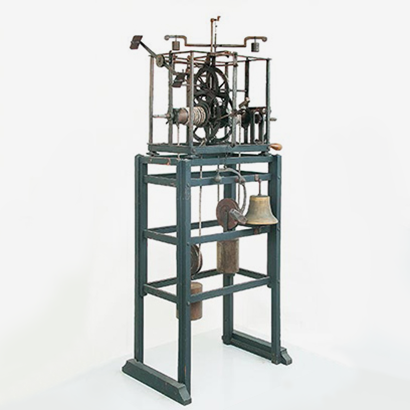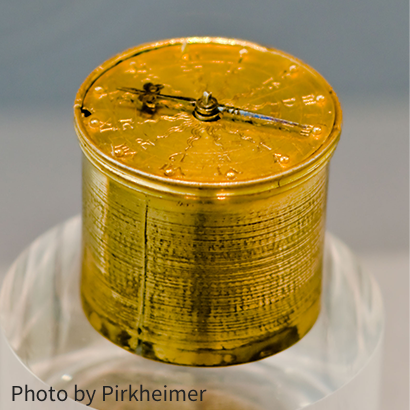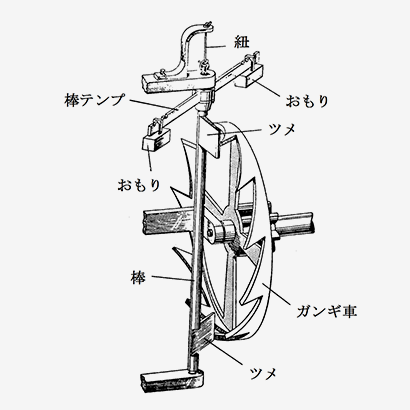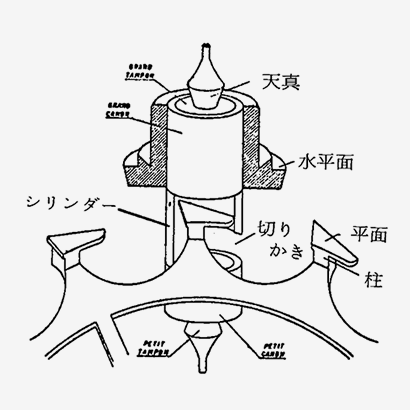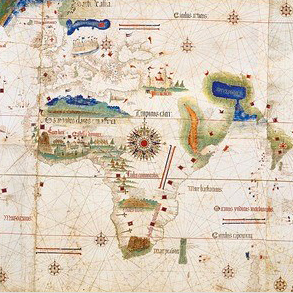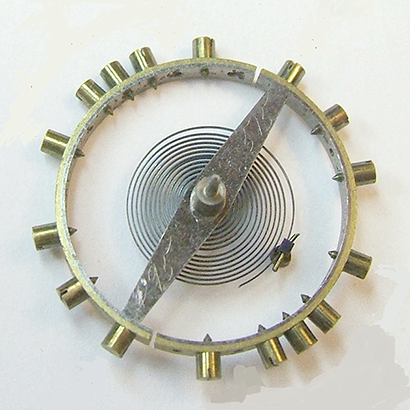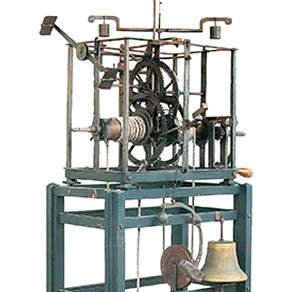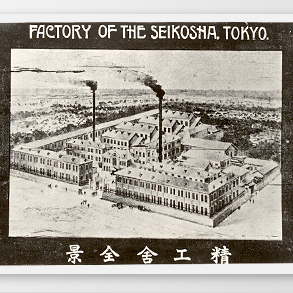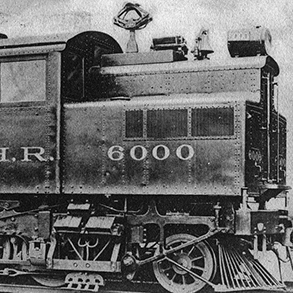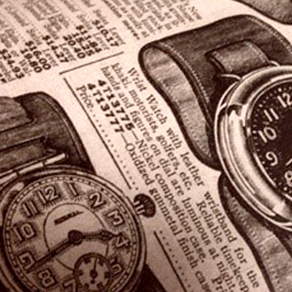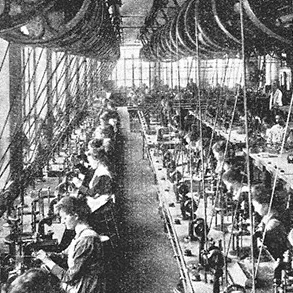All these clocks are exhibited at The Seiko Museum or stored in the museum collection.
Early Wall Clock with Single Foliot Balance
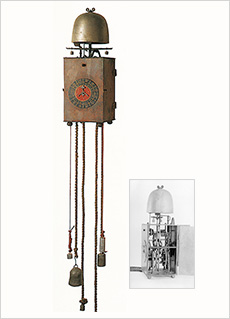
Early Edo period. The dial rotates once a day with fixed hands. The clock is equipped with a deep bell of the type frequently seen in the first clocks, as well as bell fixer shaped like bracken. The clock with a single foliot balance required an adjustment of the small weights suspended at the foliot twice a day, at dawn 6 (around 6 a.m.) and at dusk 6 (around 6 p.m.), to tell seasonal time.
Lantern Clock with Double Foliot Balance and Alarm
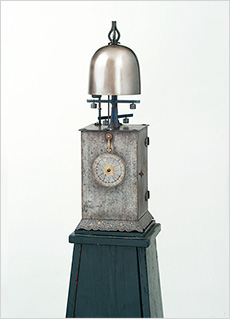
Early Edo period (1688). Estimated work by Sukezaemon Tsuda (the third). This is the oldest available clock with a double foliot balance. It is designed to automatically switch between daytime and nighttime at dawn 6 and dusk 6 via the two foliot balances mounted for day and night. Thus positions of the weights required adjustment only 24 times a year. Sukezaemon Tsuda (the first) was reportedly Japan’s first producer of a mechanical clock.
Large Lantern Clock with Single Foliot Balance
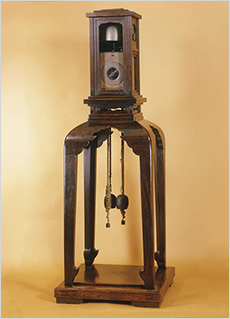
Mid-Edo period. This 218cm tall clock was reportedly found in the tower of the old Inuyama Castle. The hands rotate once a day. The clock has plain brass weights. “Repaired in November 1799” is inscribed on the lower part of the dial.
Single Foliot Carriage Clock
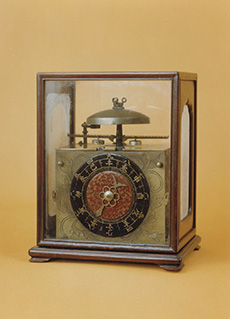
Late Edo period. This splendid spring-driven table clock uses a single foliot balance. It has finely engraved brass panels and a vermillion turning dial, a representation of “half ”hours with decorations in a gold arabesque lacquer design.
Turtle Shell Pocket Watch
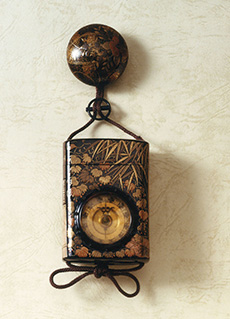
Late Edo period. A small luxury watch in a case resembling a pillbox. The turtle shell casing is decorated with a lacquer relief and the bell striker has a segmented front dial design. A sundial and compass are incorporated in the lid. The note on the box indicates that the watch might have belonged to Nariaki Tokugawa, the feudal lord of Mito (the present Ibaraki prefecture).
Wall Clock with Circle Graph Dial
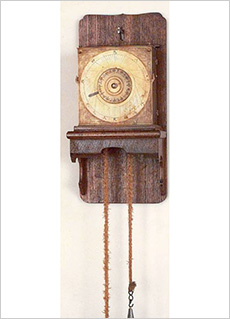
Late Edo period. The time scale resembles a pie chart calibrated for the seasonal time system. The hand of this extremely rare clock automatically extend and retract from season to season to indicate the seasonal times (the hands become longest on summer solstice and shortest on winter solstice). A pendulum is used for speed control.
Pillar Clock
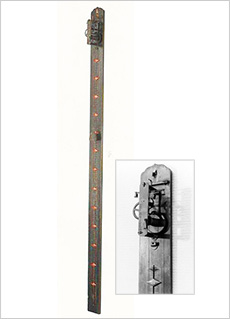
Work by Yamato Araki between 1772 and 1780 in the Edo period. As the winded weight falls at a constant rate, the rhomboid segment (part for time display) is positioned according to the seasonal time system.
Paperweight Clock
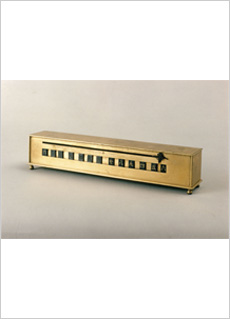
Circa 1818 - 1829 in the Edo period, by Noriyuki Ohno Yasaburo (a clockmaker at the calendar station of the feudal Edo government). This table clock also served as a paperweight. With a segmented front dial. The indicator moves along the hour line as the spring unwinds. Yasaburo’s signature is engraved on the bottom surface.


